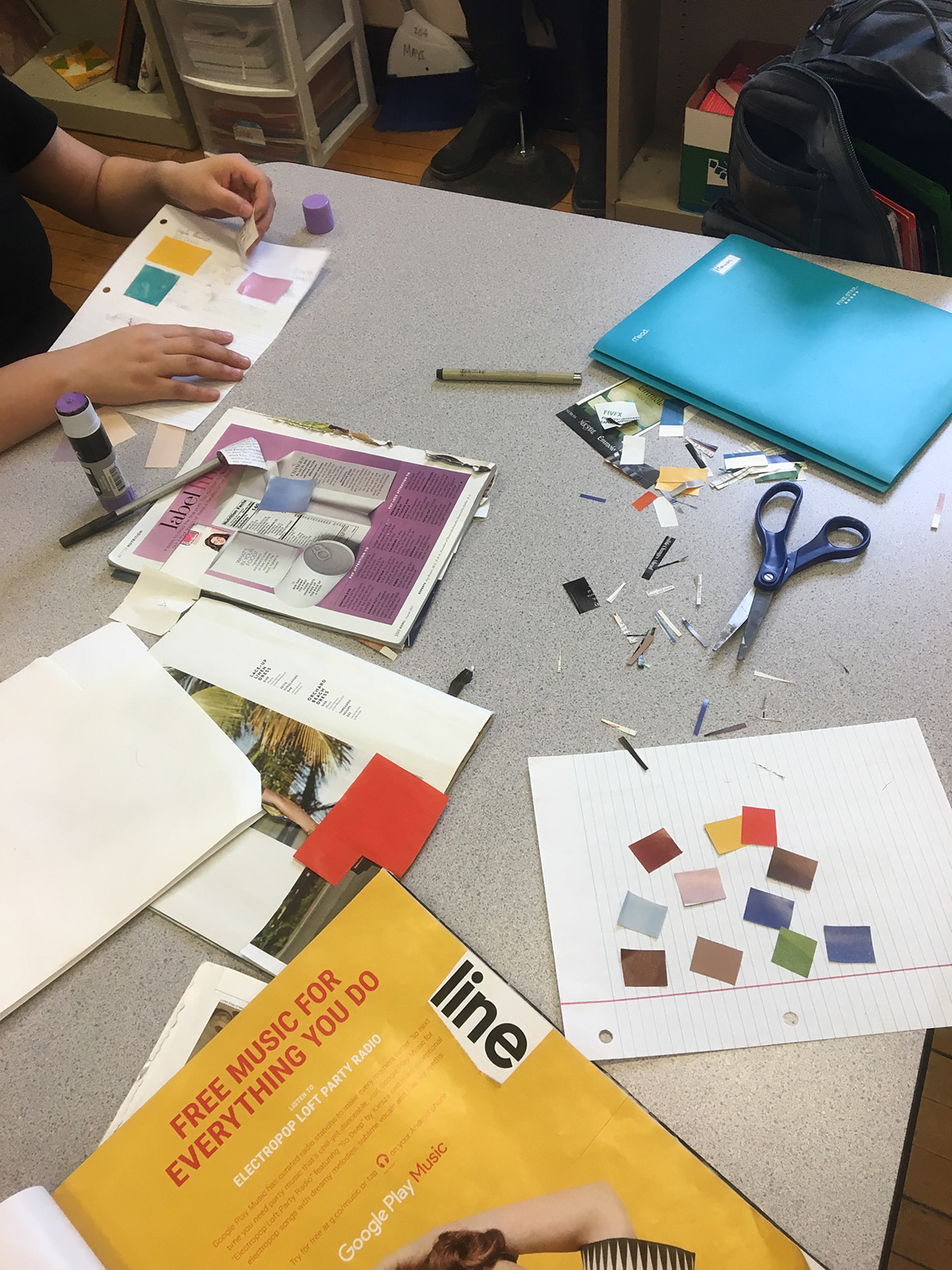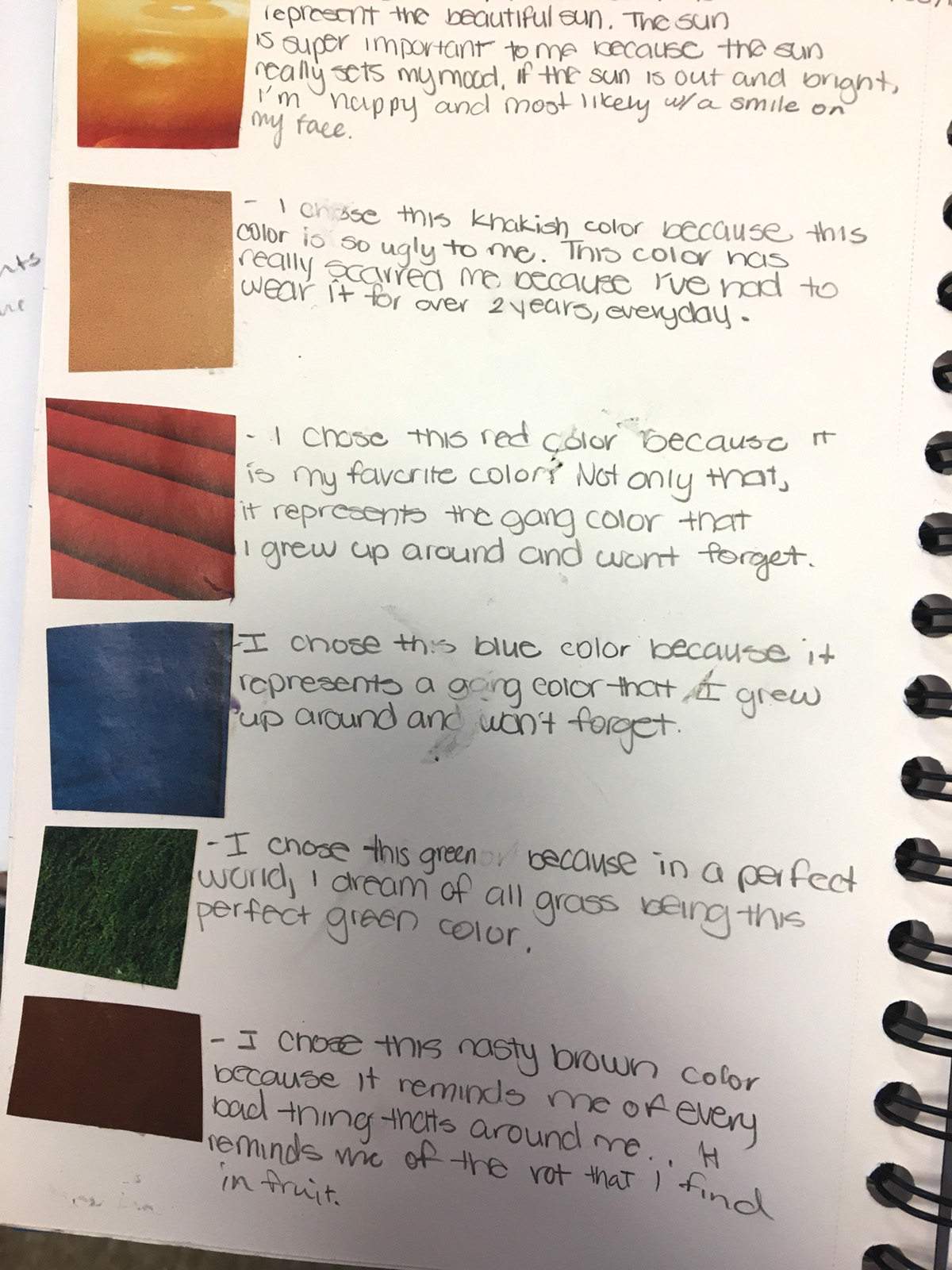I am not who you think I am: An investigation of self
By Devin Prendergast
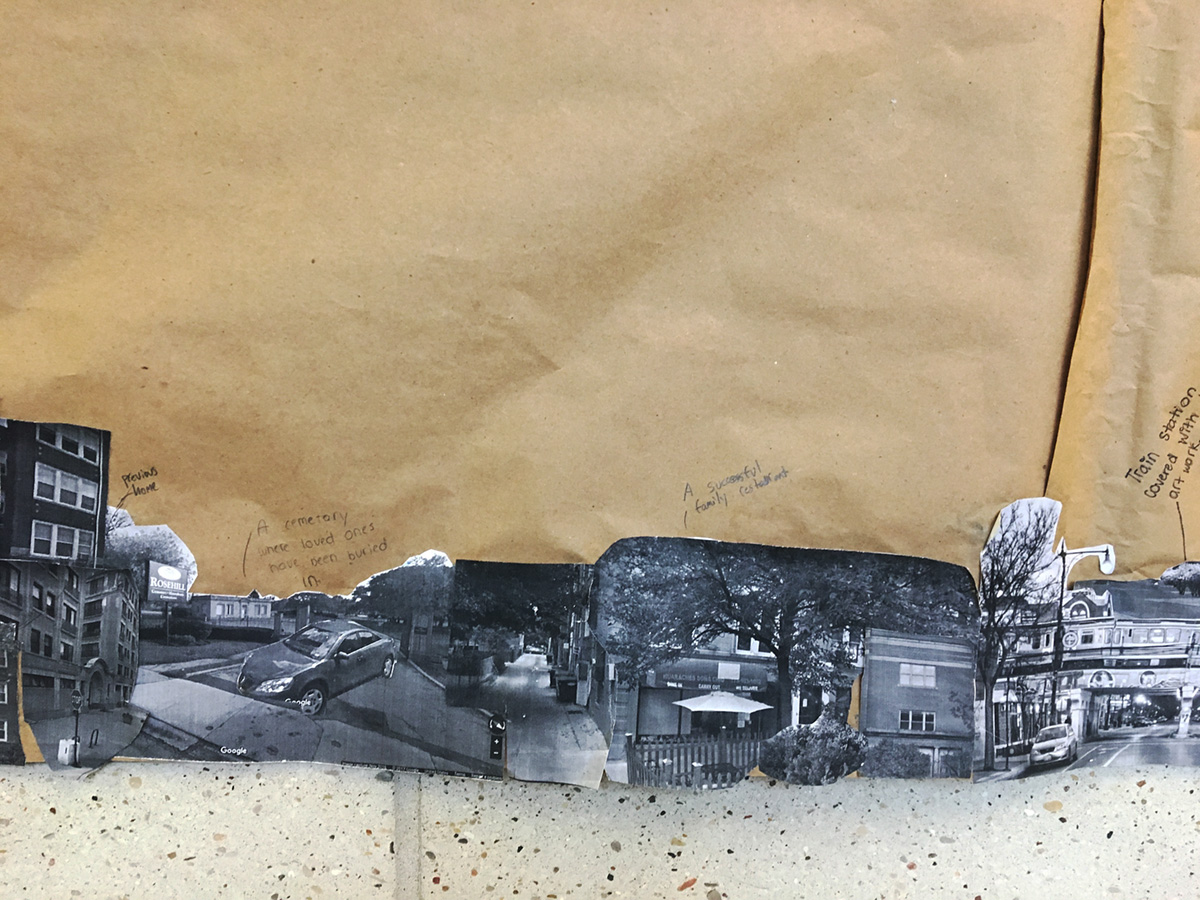
Students at Armstrong School of International Studies responded to the works of Amanda Williams, Michael Rakowitz and other contemporary artists, and used art materials and critical dialogue to explore concepts of value and misconceptions. Students inquired into the idea of community and appearance-based stereotypes, co-constructed a collaborative line of inquiry, and used systematic research to develop individualized proposals for original works of art, finally moving to a thoughtful phase of artistic production together.

Goals
- Students will be able to discuss the work of Amanda Williams and describe what message she is conveying through her art.
- Students will be able to participate in art investigations about collaboratively constructed themes.
- Students will be able to respond to contemporary art and create a question of inquiry that will guide their art-making.
- Students will be able to create an art project based on the line of inquiry using self-selected materials.
Guiding Questions
- What makes something valuable, and who decides what is valuable?
- How does our community reflect us?
- What associations do we have with color?
- How do you perceive yourself? How do others perceive you?
- How have misconceptions affected you?
- How can we challenge misconceptions about our identity?
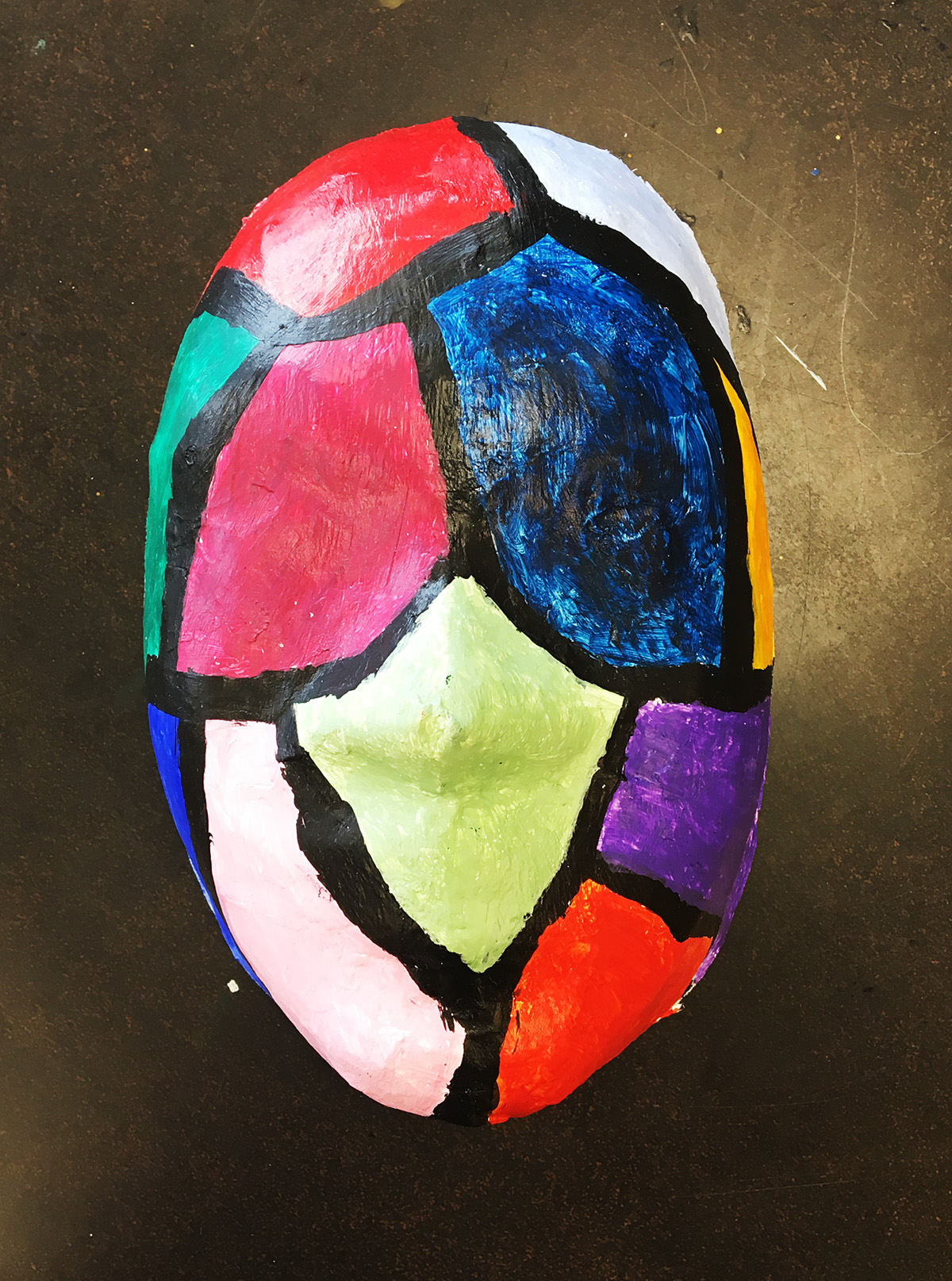
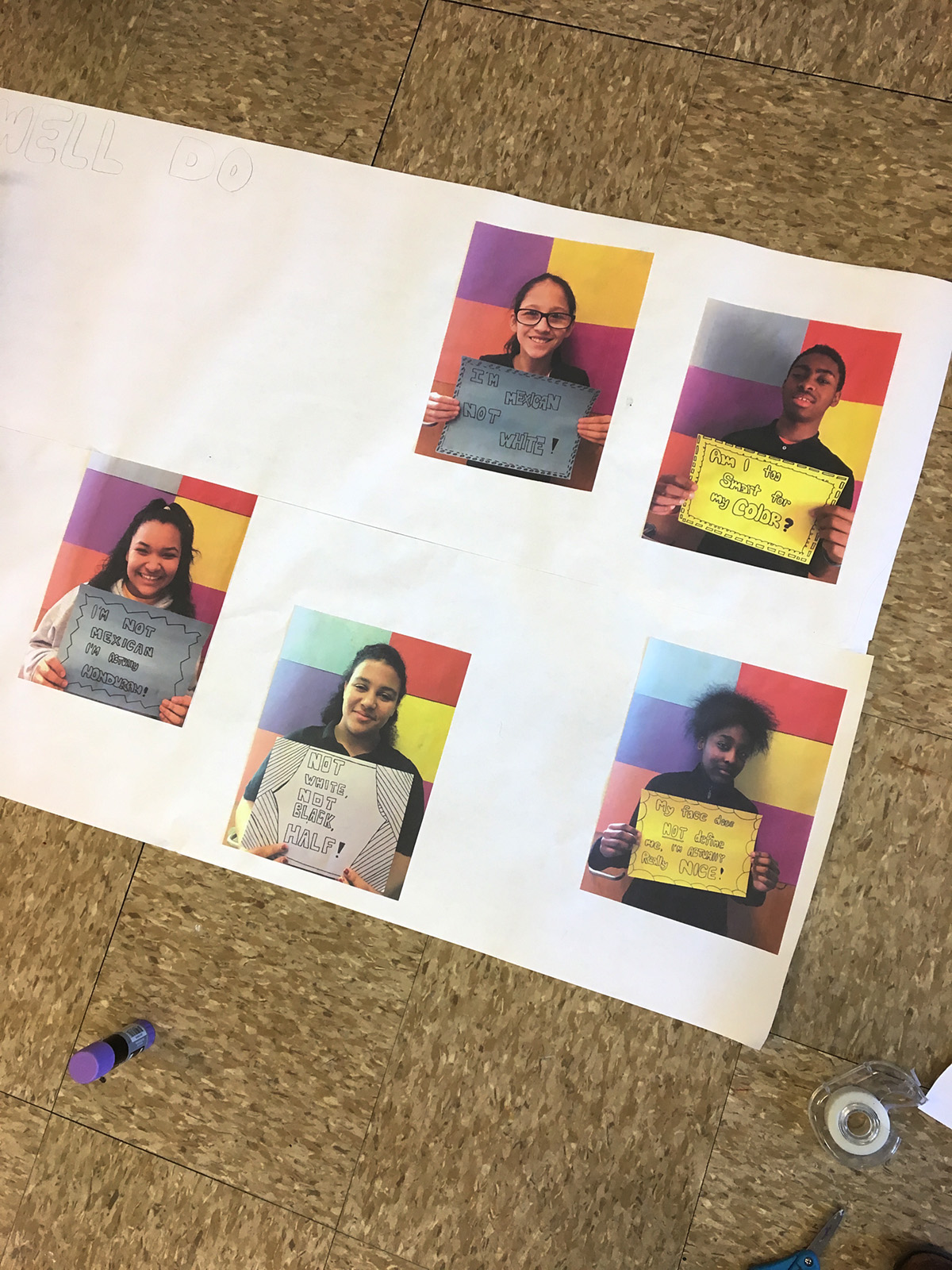
Documentation + Assessment Strategies
Students documented their work through reflection, artist statements, sketchbook prompts, photo documentation, and discussion (both whole group and individual). The project and guidelines were decided upon as a group through repeated discussion and artist investigation, and students used discussion to reflect on the effectiveness of their overall work.
Learning Activities
SETTING THE STAGE
Knowledge of Art Media and Processes
One goal I have for my students is to act and think like artists. One important component of being an artist is to know and choose your art materials and I structure this into my curriculum. The first few weeks of class I build material exploration into my curriculum, and I do this by allowing students to ‘play’ with materials so they have a better understanding of the various art media as well as their specific strengths or relationships with media. These activities are usually set up as centers, and students are given about two days to create with the material. I place multiple materials at each table so they are encouraged to mix materials together and find new ways of making things. Throughout these explorations, students write their findings on a graphic organizer that they then keep in their sketchbook throughout the quarter so they can access it if needed. I find that this process allows students the freedom to choose their materials, and creates student work that is engaged, powerful, and meaningful. Students do a material exploration for Collage, Painting, Drawing, and Sculpture.
STEP 1
Introducing Contemporary Art: Looking at Amanda Williams
We began this unit by looking at Amanda Williams’s Color(ed) Theory project. I showed them the Flaming Hot Cheeto house and we started the discussion by independently reflecting using the ‘It is, It is not’ prompt that we use in the Teacher Institute, and then we came together as a group to share our ideas. When the group came together, I charted what they said, and the discussion naturally flowed, but I did use some of the guiding questions I had prepared.
STEP 2
Communities and Value
Once students had discussed the work of Amanda Williams, we continued discussing my students’ community. We talked about the elements of their community and what they value about it. Student were asked to create a list of 5 things that they value about their community and collect images of these things through screenshots on Google Maps.
STEP 3
Processing Through Collage
As a way to further explore the idea of community values and identity, students used the images from step 2 and worked collaboratively to create a collage of their community. After students created the work, we met as a group and looked at each collage, discussing what we value about our community.
STEP 4
Personal Color Palettes
Students created a personal color palette inspired by Williams’s work that included a minimum of 5 colors that have personal meaning.
STEP 5
Mid-project Assessment Discussion
Students discussed and shared their relationship to colors and the diversity of associations that others have with color. This quick, one-day sketchbook activity enlightened me about some issues that were affecting my students, which I would not have known otherwise. For example, one student’s mother was recently diagnosed with Ovarian cancer and she selected a color to represent this. I also found that, as a result of this activity, students were more thoughtful in their color choices for the final project.
STEP 6
Formulating the Line of Inquiry
To create a line of inquiry, I had students come together as a group again and look at the list of themes we pulled from Amanda Williams’s work; I had these written on an anchor chart. I had students read over the list and then, with a partner, discuss which themes they thought we should focus on for our next project. The class unanimously decided to focus on the theme of misconceptions. The next step was to form the question that would guide our art-making. To make this process a bit easier, I made a list of question builders, for example “who, what, how, why,” and then had students work in groups to create a line of inquiry. Students then shared their possible questions with the whole class. We voted on the question we felt represented our theme the best, and revised until we formed the following lines of inquiry: “How do misconceptions affect us? How can we challenge misconceptions that affect us?”
STEP 7
Researching Socially-engaged Art
Once we had formulated our question, we researched how other artists create art that challenges misconceptions. We researched Michael Rakowitz’s Enemy Kitchen, Nick Cave’s work, and Amanda Williams’s larger body of work.
STEP 8
Arriving at the Prompt and Methods
Once we created a line of inquiry, students used my Project Planning graphic organizer to plan their project. During the planning portion, I meet with students to discuss and fine-tune their ideas, provide suggestions of artists who may inspire their work, and give them possible material suggestions if needed. I provide students with Chromebooks and let them research independently. A significant number of students were interested in the idea of how they perceived themselves versus how others perceived them, and used that idea as a starting point when planning their project.
STEP 9
Artists at Work
Students had 6 days, and the use of any materials drawn from initial studio explorations, to respond to the prompt by creating original works. As soon as students completed their project plans and they met with me to discuss next steps, they started the art-making process. During this time, the art room functioned as a studio, with students working on their projects, using various materials, helping each other when needed, and me circulating to provide one-on-one demonstrations.
STEP 10
Gallery Assessment
Student work was installed in the school hall as a gallery-style bulletin board, and will be presented in the school’s Art Fair/Auction.
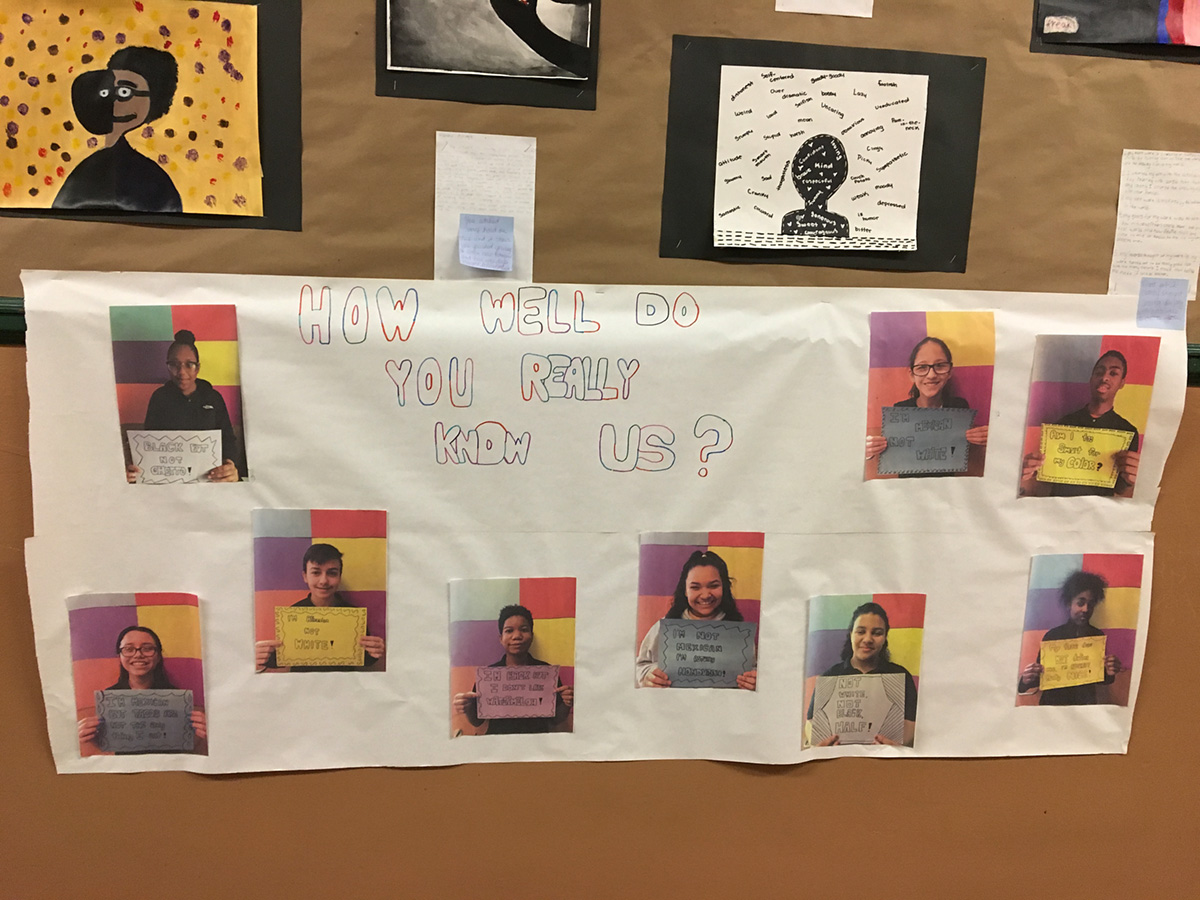
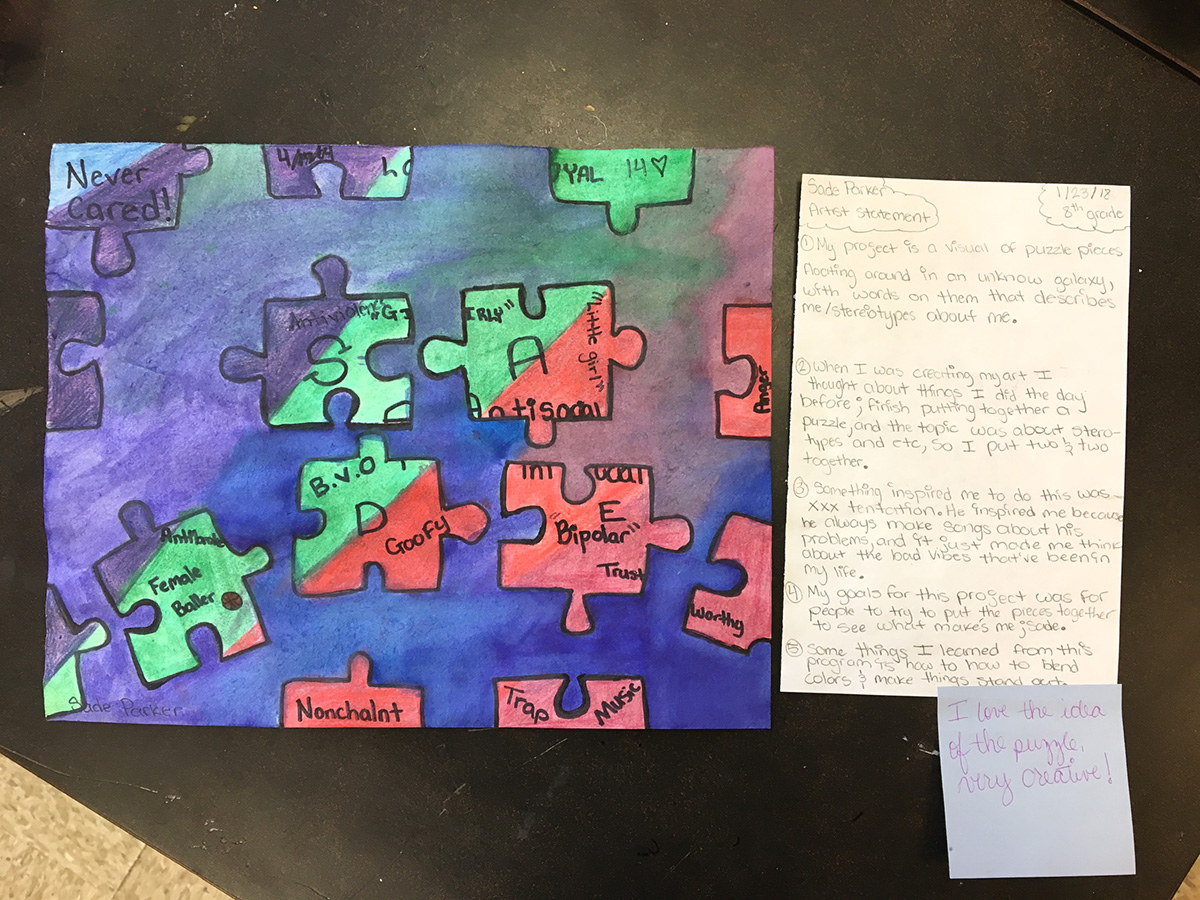

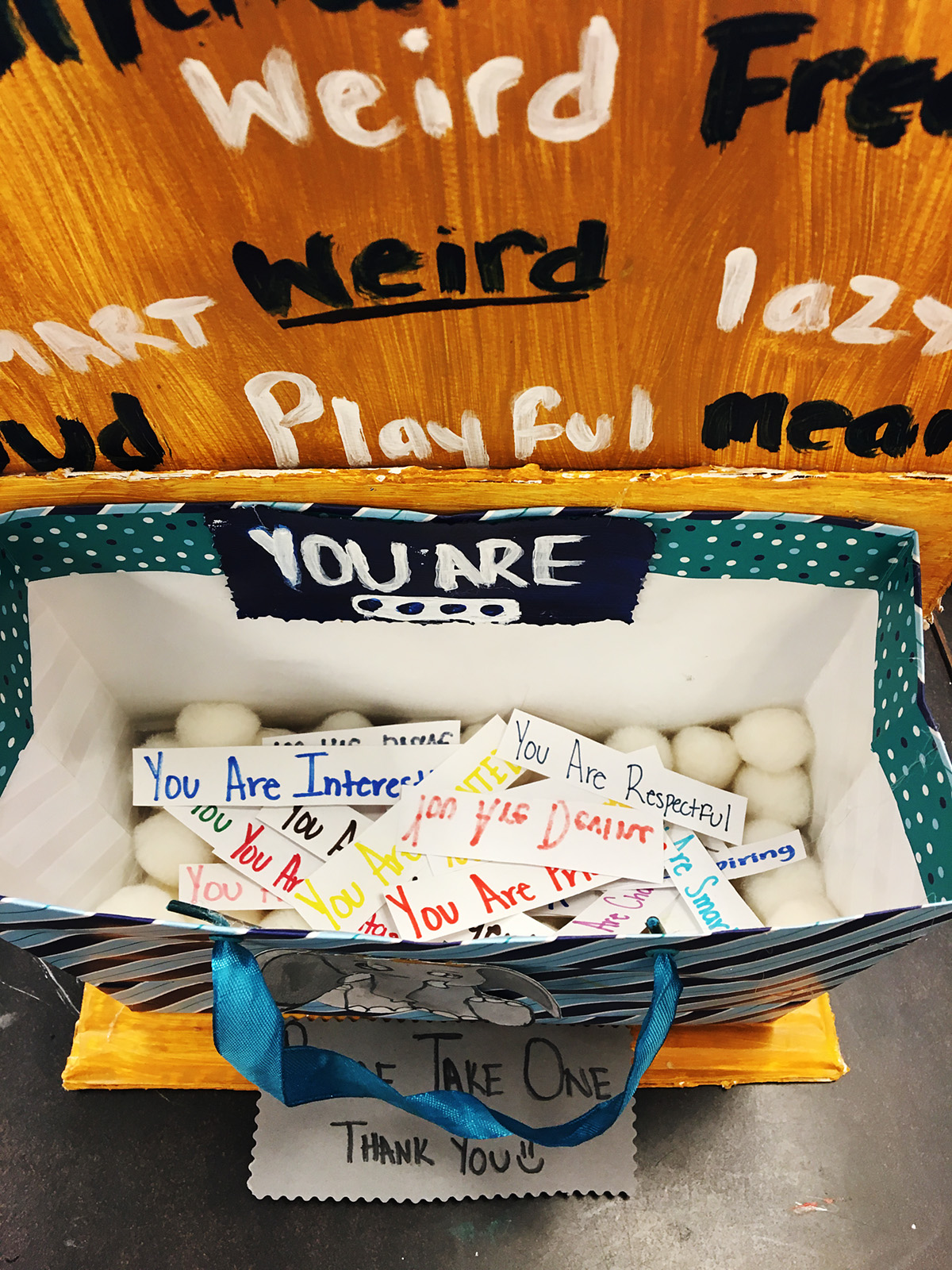
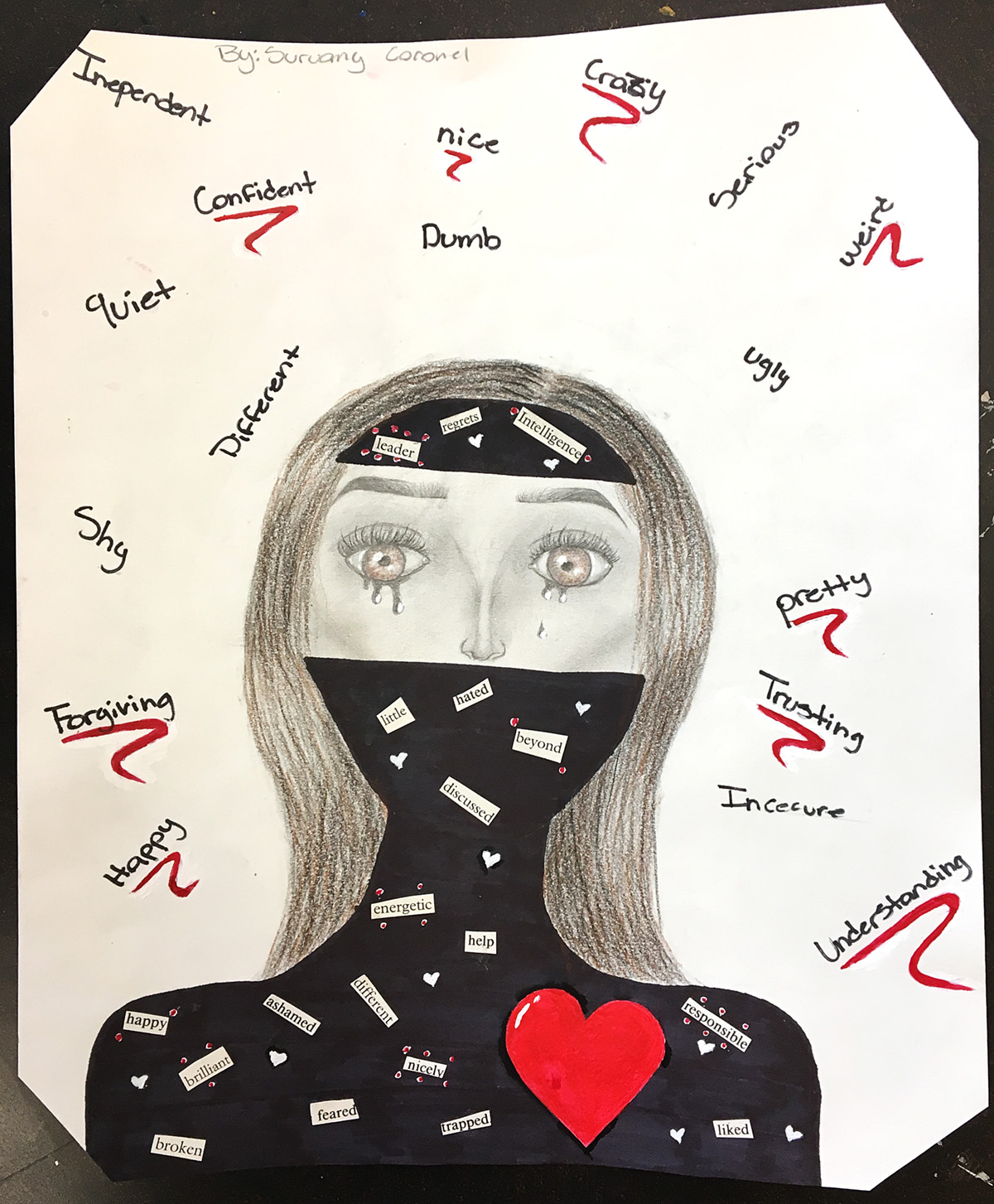
Materials
- Various sculpture materials
- Masking tape
- Glue guns
- Hot glue
- Cardboard
- Cardstock
- X-acto blades
- Acrylic paint
- Gesso
- Brushes
- Magazines
- Scissors
- Glue
- Embroidery supplies
MCA Connections
The museum was the resource that guided our entire process and artist list. I used the museum as a constant source of information for them. The main collections I used for my project were Amanda Williams’s Color(ed) Theory works. I also pulled from past exhibits at the museum, as well as from the work of Michael Rakowitz. We looked at Rakowitz’s Parasite series and watched a video on his Enemy Kitchen project. After watching the Enemy Kitchen video, students engaged in a heated debate about exactly what art is.
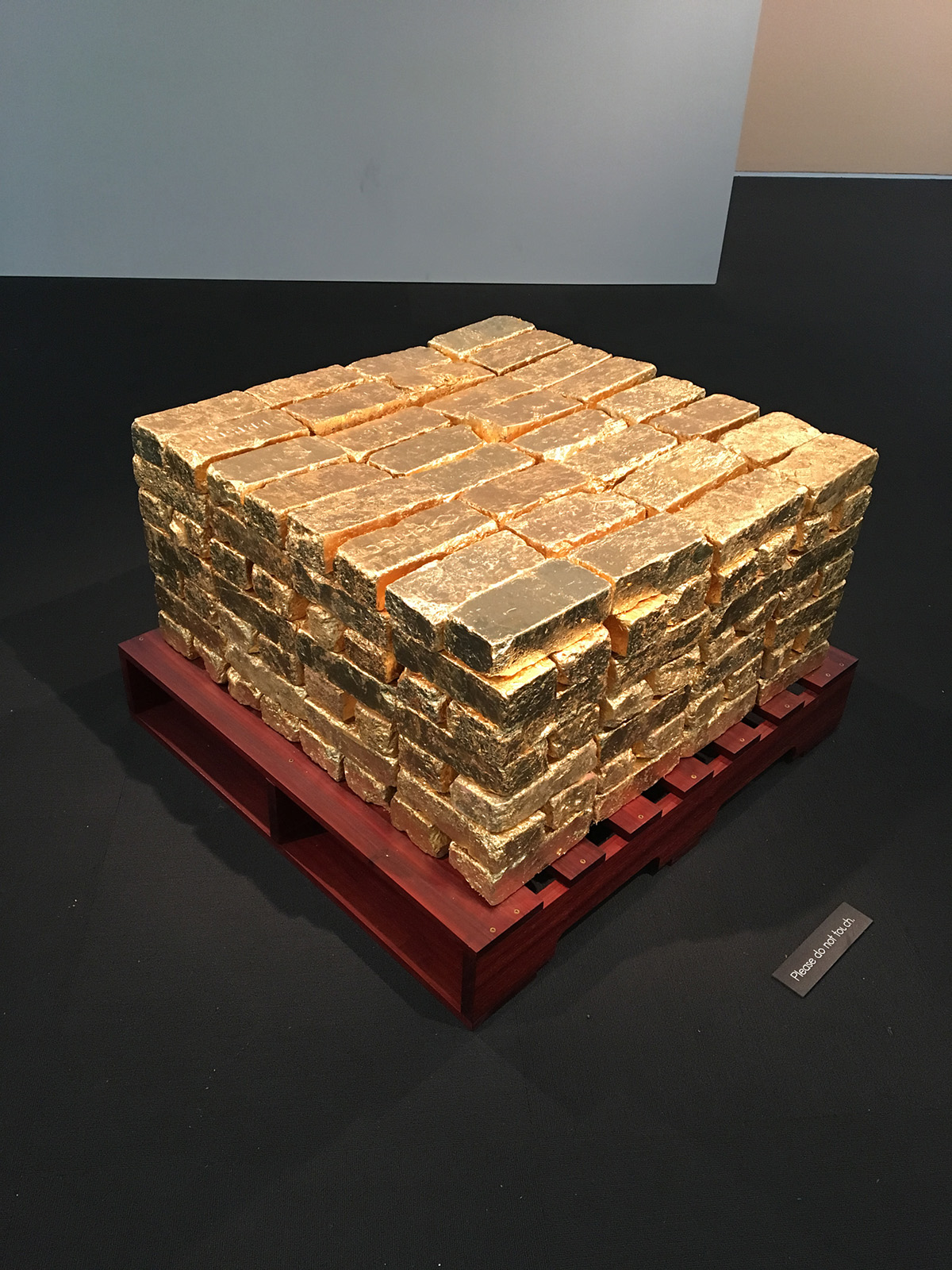
References + Resources
- Amanda Williams’s body of work
- Short video about Amanda Williams's Color(ed Theory popup: yes)
Devin Prendergast
Armstrong School of International Studies
About Devin Prendergast
Devin Prendergast is an artist and art educator who is passionate about social change and learning. Like most artists, she questions the world around her and seeks to make sense of it through art. She has always believed in the power of the arts and has been an art educator in CPS for six years. She strives to create an art program that teaches students to think and act like artists, while also giving them the power to express their voice. She grew up in Chicago and studied Art Education with a focus in Painting at Illinois State University. As an artist, she is intrigued with the idea of ‘breaking the rules’ and investigates this by using materials unconventionally. Her favorite processes are embroidery, collage, and painting. She also views her teaching practice as another component of her artist practice. For the past few years she has been a member of the artist collective Spaces for Possibility, and is currently participating in a social practice project at their Store Front.
Devin Reflects on the Project
I was so nervous to ‘give up control’ of my teaching and let the students lead the learning, but in doing this I actually realized that I don’t need all the control, because when my students were given knowledge and resources, they could create as artists. The work they created was so beautiful and meaningful that it deeply impacted me and left me amazed at their ability to create when I wasn’t dictating every step. This process has completely changed the way I teach. I started this process with one class and have slowly incorporated the it into other classes and grade levels, and their work is so much better because of it. As students worked on this project, their understanding of misconceptions was challenged. Not only did they feel empowered to define how others viewed them, they also challenged misconceptions they had about other people.
